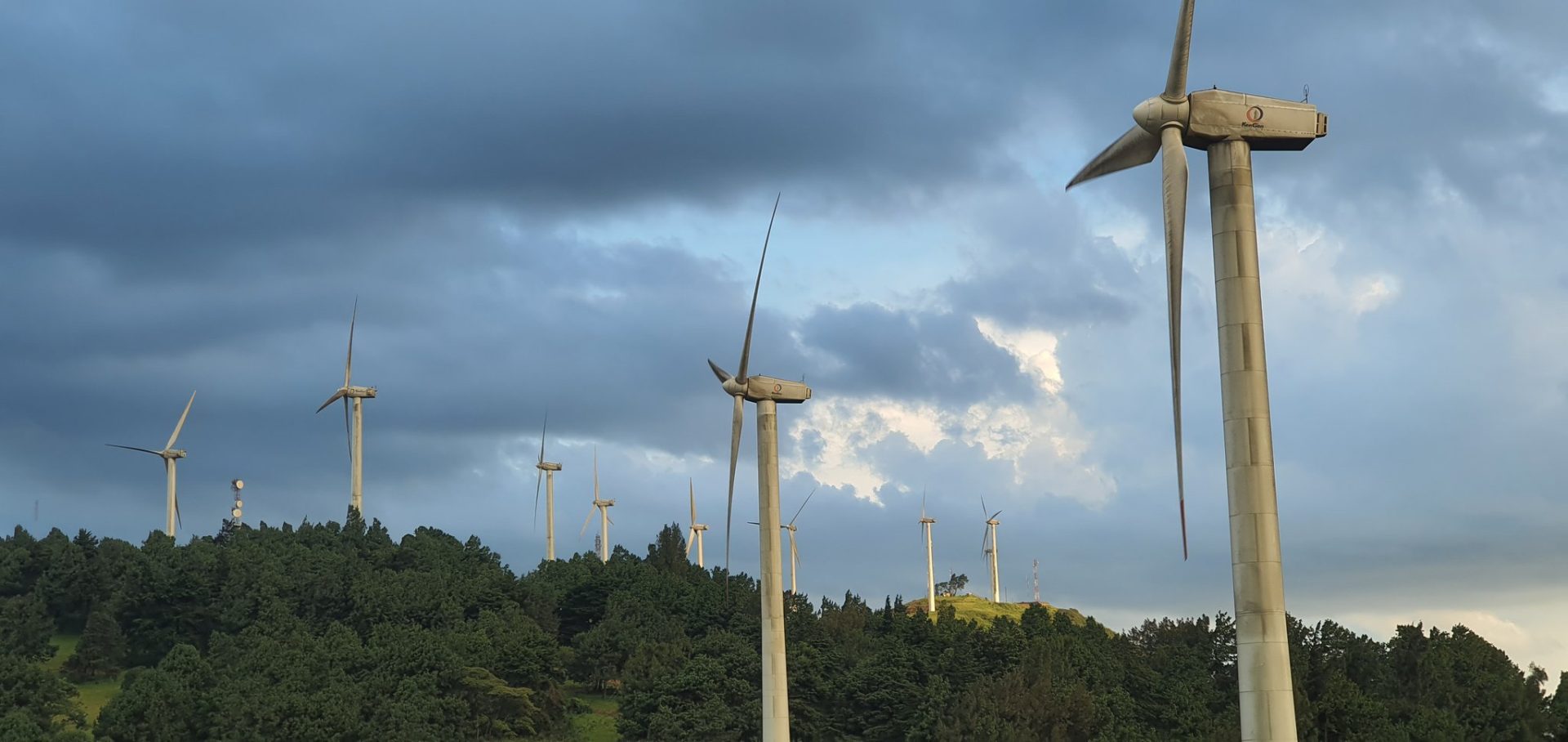The Technology of Carbon Credits in Kenya.

1.5°c, if you keenly follow the debates and talks about climate change 1.5 is a figure you must have come across often. Well, 1.5°c is the limit above the pre-Industrial-age-temperature the earth should not surpass. In simpler terms the earth should only be 1.5°c warmer as compared to the 18th century going back. Anything above 1.5°c will simply be catastrophic to the human race. In the fight to reach this threshold carbon credits have become an increasingly popular means of fighting carbon emissions.
At the 2015 COP 21 summit in Paris, it was agreed that all countries should be direct participants working together to limit the effects of climate change. As a result the 100 Billion US Dollars annually pledge was reaffirmed. The money would be used to ward off the rising temperature. Governments and key private sector players would be the ones to contribute the amount. The figure would : drive community projects based on green energy, reforestation and afforestation, helping industries switch to climate friendly power sources and Establishing renewable energy projects.
By undertaking activities that lead to carbon sequestration or emission reductions, organizations can earn carbon credits. A single carbon credit represents the equivalent of one metric ton of carbon dioxide removed or reduced. Carbon credits are quantified based on the amount of carbon dioxide equivalent emissions reduced or removed from the atmosphere. Currently for each metric ton of Carbon dioxide emissions voided one can earn averagely between 15 to 30 US Dollars.
Who is buying the carbon credits?
The buyers of Carbon credits tend to be the highly polluting companies. They rely heavily on manufacturing industries that require a lot of resources to run effectively. These companies include the likes of Shell, BP, Amazon, Google, Dell among many. One key country that has bought a significant amount of carbon credits from Kenya is Saudi Arabia. The Kingdom is the largest supplier of oil in the world. The Kingdom is currently at an inflection point key to turn around its image to the outside world. In 2023 a group of 15 Saudi companies including Saudi Aramco bought 2.2 million Tonnes of carbon credits in Kenya. The average price reported by Reuters was a paltry $6 per carbon credits.
The sale broke the world record by being the largest ever of its kind in History. By now, dear reader, you must have seen the drawback of carbon credits. Unfortunately, A company like Saudi Aramco buys carbon credits today and they still pump oil tomorrow. However they will be able to take full ownership of the carbon credits hence on paper they’re mitigating the climate crisis but on the ground it’s effectively a Zero-Sum game.
Kenya’s climate actions.
Kenya’s place in the whole equation is much more pronounced than the average Kenyan knows. Kenya was a key participant of the 2015 COP 21 in Paris, hosts of the worldwide headquarters of UNEP, Kenya hosted the African Climate Summit in 2023, Kenya also hosted the UNEA6 conference, The president delegated a holiday for planting trees and now Kenya is the largest Marketplace for carbon credits in the world.
Indeed, Kenya is a trailblazer not just in Africa, but the whole world. The world touts Kenya’s climate policies as among the best. However, despite all these milestones the country removed a ban on forest logging, failed to effectively ban single use plastic and there still is inadequate policies fighting climate change.
The UN Secretary-General António Guterres, remarked that extreme heat, floods and loss of lives occur in Africa which only accounts for 4% of global pollution. If his words are anything to go by, there is still much that we all have to do to lest we suffer the immense consequences.
Feature image: Ngong’ windmills which provide 25 Megawatts of clean energy to the national grid.